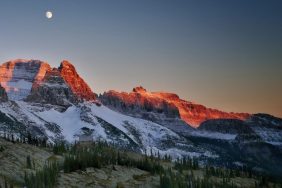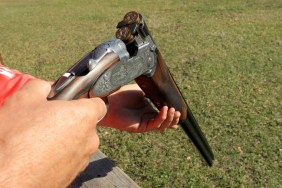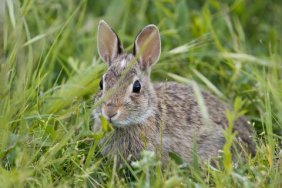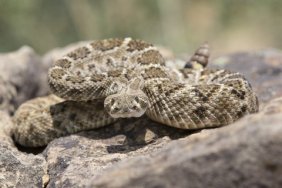 In over three decades of hunting, I have learned some hard and embarrassing lessons when it comes to the outdoors. Nothing is more awkward than misusing terminology in front of other hunters who are more experienced and savvy. Here are a few terms I learned by involvement and these terms are also not totally understood by a lot of new hunters.
In over three decades of hunting, I have learned some hard and embarrassing lessons when it comes to the outdoors. Nothing is more awkward than misusing terminology in front of other hunters who are more experienced and savvy. Here are a few terms I learned by involvement and these terms are also not totally understood by a lot of new hunters.
Trailing vs Tracking
Whenever an animal is shot, they need to be found. When you are following the blood trail, you are trailing them. If there is no blood trail and you need to see where the animal’s foot made an impression in the ground with its tracks, you are tracking the animal. It is common to hear misinformed people, even hunters on TV, use both terms interchangeably.
Spot and stalking seems like a basic term, but I have heard people misuse this one as well. Spot and stalking is best associated with mule deer. They mostly live in somewhat open areas and after a hunter takes a seat and glasses one up and a good target is ‘spotted,’ a hunter can then sneak in for a shot by stalking the animal.
Stillhunting is the most misunderstood term in hunting even though everyone seems know what it means. Stillhunting is actually a rare style of hunting, but it can be effective if a hunter is sure of the general area where his animal is located. Stillhunting is simply moving extremely slow through known deer habitat while trying to spot a deer that is bedded or moving. Stopping is required frequently to get a better look at whatever shape a hunter might think resembles a deer. Stillhunting is slow and painful, but a good tactic.
Stand hunting can mean two things. Most people today associate stand hunting with sitting in a portable treestand. However, the genesis for stand hunting began centuries ago when hunters would find the right piece of high ground, trail crossing or travel route to intercept a traveling animal by simply sitting there until one showed up. A good stand location could also be the place where the term ‘being in the right place at the right time’ was originated.
Finally, deer drives are another tactic. A real deer drive involves two or more people trying to get deer moving between them. It can be several hunters as well. In the west, the ‘drivers’ are usually young guys who can get down in the steep and nasty terrain and push out deer for the older, more savvy hunters waiting to shoot.
Hunting can mean many things to many people, but keeping up with the jargon that goes with it will help you identify and communicate more effectively with your fellow hunters.








